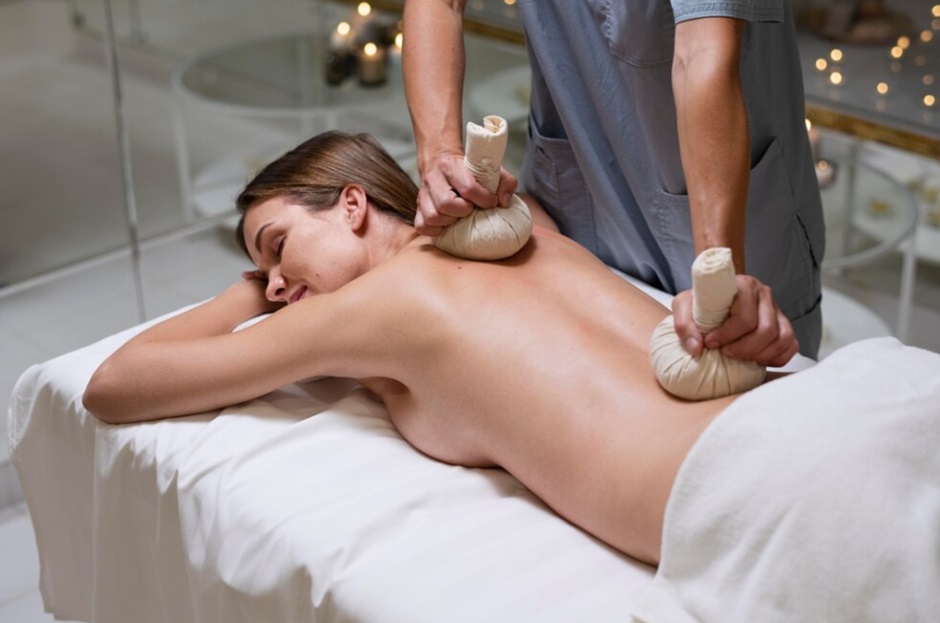In today’s fast-paced world, spa services offer a sanctuary of relaxation and rejuvenation. However, with the multitude of treatments and options available, selecting the right spa service can be a daunting task. Whether you’re seeking a way to unwind after a stressful week, address specific wellness concerns, or simply indulge in some self-care, choosing the perfect spa treatment involves a bit of planning and research. Here’s a guide to help you navigate the world of spa services and find the treatment that best suits your needs.
1. Identify Your Goals and Needs
Before booking a spa service, it’s essential to understand what you want to achieve from your visit. Are you looking to relieve stress, alleviate muscle tension, improve your skin’s appearance, or simply enjoy a relaxing day? Different spa services cater to various needs:
- For Stress Relief: Consider massages such as Swedish, deep tissue, or hot stone therapy. These treatments focus on relieving muscle tension and promoting relaxation.
- For Skin Care: Facials, including anti-aging, hydrating, or acne treatments, target specific skin concerns and improve your complexion.
- For Detoxification: Body wraps and scrubs help in detoxifying the body and rejuvenating the skin.
- For Overall Wellness: Services like aromatherapy and reflexology offer holistic benefits that address both physical and mental well-being.
2. Research Spa Facilities
The quality of the spa facility can significantly impact your overall experience. Look for spas that are well-reviewed and have a reputation for excellent service. Consider the following factors:
- Cleanliness: A clean and hygienic environment is crucial for your comfort and safety.
- Atmosphere: A calming and welcoming ambiance can enhance your relaxation experience.
- Professionalism: Ensure that the spa employs licensed and experienced therapists who can deliver high-quality treatments.
You can find reviews and ratings online or ask for recommendations from friends and family who have had positive experiences.
3. Understand the Types of Treatments
Spa services vary widely, so it’s helpful to be familiar with the different types of treatments available:
- Massages: Options include Swedish, deep tissue, hot stone, and aromatherapy massages. Each type targets different concerns, from relaxation to pain relief.
- Facials: Facials are tailored to different skin types and concerns, such as anti-aging, hydration, or acne.
- Body Treatments: This category includes body scrubs, wraps, and detox treatments that exfoliate, hydrate, or detoxify the skin.
- Hydrotherapy: Incorporates water-based treatments like saunas, steam rooms, and hydro-massage baths for relaxation and health benefits.
Review the spa’s menu of services to understand what’s offered and choose treatments that align with your goals.
4. Consider Your Budget
Spa services can vary in cost, so it’s important to select treatments that fit within your budget. While some high-end treatments can be costly, many spas offer packages or specials that provide value for money. If you’re trying to save, look for deals or consider less expensive treatments that still offer great benefits.
5. Consult with the Spa
Many spas offer consultations or initial assessments to help you choose the right treatment. Use this opportunity to discuss your goals, ask about the spa’s offerings, and get personalized recommendations. This is also a good time to inquire about any potential contraindications, especially if you have specific health conditions or concerns.
6. Prepare for Your Visit
To make the most of your spa experience, arrive a little early to complete any necessary paperwork and acclimate to the spa’s environment. Make sure to communicate openly with your therapist about your preferences, any areas of discomfort, or specific goals you have for the treatment. This ensures that the service is tailored to your needs and enhances your overall satisfaction.
7. Aftercare and Follow-Up
Post-treatment care is essential for maintaining the benefits of your spa experience. Follow any aftercare instructions provided by your therapist, such as drinking plenty of water, avoiding strenuous activities, or applying specific products. If you enjoyed the treatment, consider discussing a regular schedule for spa services to continue reaping the benefits of relaxation and wellness.
Conclusion
Choosing the right spa service is a personalized journey that involves understanding your needs, researching facilities, and exploring treatment options. By following these tips and taking the time to select a treatment that aligns with your goals, you can ensure a fulfilling and rejuvenating spa experience. Remember, the ultimate aim of spa services is to provide relaxation, wellness, and self-care, so choose a treatment that makes you feel your best and enhances your overall well-being.



